Fruits are a great source of many nutrients. They can help decrease blood pressure, prevent cancer and are vital to your child’s growth and development. Each fruit contains different nutrients that help your child stay healthy. However, some fruits contain more sugar than others, which comes with added health risks. Although the following 5 fruits for summer snacking have some health benefits, they should be enjoyed in moderation.
- Figs: Figs are the fruits with the most sugar, with 13.8 grams of sugar in each three ounce serving (approximately two small figs). Although figs are high in sugar, they contain a higher amount of fiber and potassium which can help your child feel fuller for longer periods of time and regulate water and electrolytes in their developing bodies.
- Grapes: Grapes are tied for the number one spot with figs, with 13.8 grams of sugar per three ounce serving (approximately 17 grapes). However, grapes are a great source of Vitamin C which helps strengthen your child’s immune system, and eye and skin health. They are also a great source of Vitamin K which is vital for blood clotting and also helps build strong bones. Grapes also contain soluble fiber which helps lower LDL cholesterol.
- Pomegranates: Pomegranates contain less sugar, with 12 grams of sugar in every three ounce serving (approximately half a cup). These fruits are a great source of Vitamin C, Vitamin K, potassium and fiber. They are also a great source of folate or folic acid which is vital for developing red blood cells and promoting cell division and growth.
- Mangos: Mangos come in third with 11 grams of sugar in every three ounce serving, or half a cup. Mangos are a great source of Vitamin C and Vitamin A, which plays a major role in eye development and vision. They also contain a significant amount of Vitamin B6 which is vital for health brain and nervous system development and function.
- Cherries: Cherries are fifth with 10.9 grams of sugar in every three ounce serving. Cherries are a great source of dietary fiber and Vitamin C. They are also low in sodium, cholesterol and saturated fat, which help reduce the risk of heart disease and diabetes.
Reducing your child’s sugar intake
One way to help reduce your child’s sugar intake is to exchange foods high in processed sugars with fruit. Many children do not reach the dietary requirements to function at their best so adding fruit is a great way to get some of these nutrients. Children with diabetes often have to be careful of fruit because they are high in sugar but they still need them in small amounts to help add the beneficial nutrients to their diet. The My Plate program is an easy way to learn how to create a balanced diet for your child in a way that they can also understand.
 https://riseandshine.childrensnational.org/wp-content/uploads/2019/02/Little-boy-listenting-to-heartbeat-of-stuffed-bear-feature.jpg
300
400
Rise and Shine
https://riseandshine.childrensnational.org/wp-content/uploads/2017/11/childrens_riseandshine_logo.jpg
Rise and Shine2024-02-01 14:28:222024-02-12 11:35:25What parents need to know about congenital heart disease
https://riseandshine.childrensnational.org/wp-content/uploads/2019/02/Little-boy-listenting-to-heartbeat-of-stuffed-bear-feature.jpg
300
400
Rise and Shine
https://riseandshine.childrensnational.org/wp-content/uploads/2017/11/childrens_riseandshine_logo.jpg
Rise and Shine2024-02-01 14:28:222024-02-12 11:35:25What parents need to know about congenital heart disease



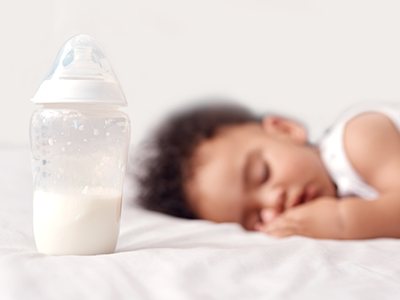




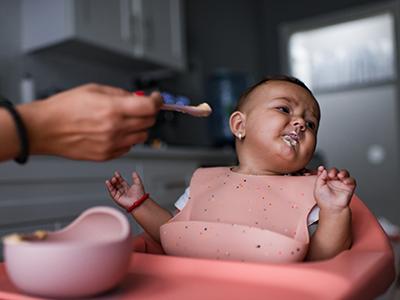
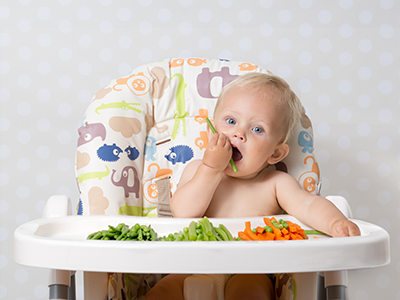

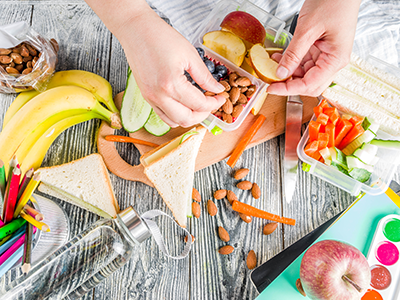



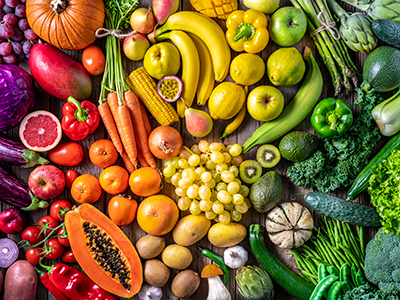




Leave a Comment
Want to join the discussion?Feel free to contribute!